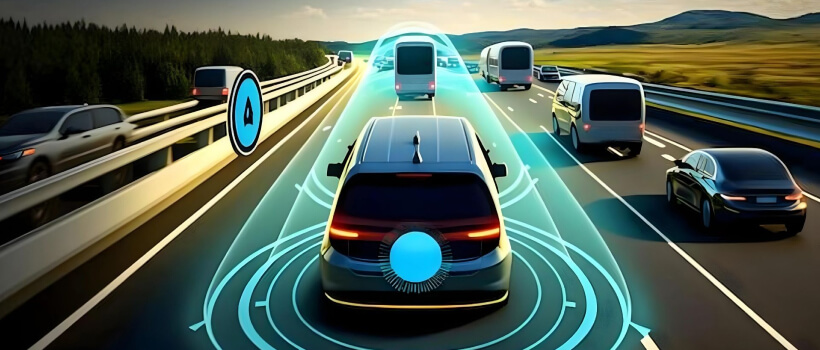Artificial Intelligence (AI) is rapidly transforming the transportation industry, making travel safer, faster, and more efficient. Understanding how AI is applied in transportation can help businesses, policymakers, and individuals prepare for a smarter mobility future.
What is AI in Transportation?
AI in transportation refers to the use of intelligent algorithms, machine learning, computer vision, and predictive analytics to optimize and automate various aspects of travel and logistics. AI-driven systems are now essential in managing traffic, improving safety, enhancing public transport, and enabling self-driving vehicles.
How AI Works in Transportation
AI systems process large amounts of real-time data from sources like GPS, traffic cameras, weather sensors, and vehicle systems. By analyzing this data, AI can predict traffic patterns, recommend optimal routes, and assist with driving decisions.
Key AI Techniques Used
Machine Learning: Helps predict traffic congestion, estimate travel times, and optimize delivery routes based on historical and real-time data.
Computer Vision: Enables vehicles and traffic systems to interpret visual information, such as recognizing road signs, pedestrians, and other vehicles.
Predictive Analytics: Assists in anticipating maintenance needs, traffic jams, and potential accidents before they happen.
Autonomous Systems: Powers self-driving cars, drones, and automated public transport vehicles.
Benefits of Using AI in Transportation
AI helps reduce traffic congestion, improve road safety, and cut down travel times. It also increases fuel efficiency, lowers carbon emissions, and enhances the customer experience in ride-sharing and logistics services.
Limitations to Keep in Mind
AI systems in transportation require accurate, real-time data and are highly dependent on sensor performance and infrastructure. There are also ethical and regulatory challenges, especially when it comes to autonomous vehicles and data privacy.
Conclusion
AI is shaping the future of transportation by making mobility smarter and more efficient. For beginners, understanding AI’s capabilities and limitations in this sector is the first step toward embracing safer, faster, and more sustainable transportation solutions.







Leave feedback about this